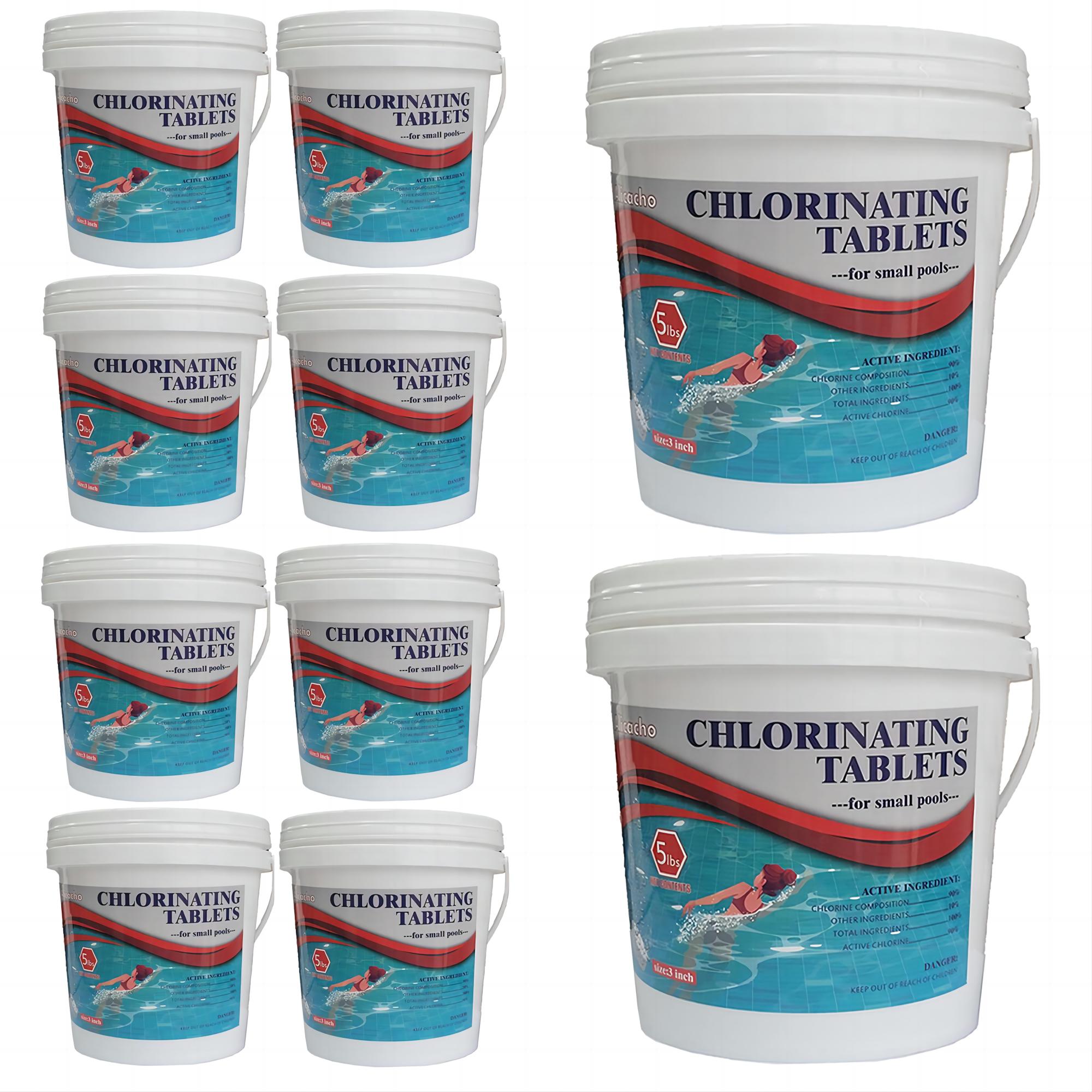Having a crystal clear pool is essential for an enjoyable swimming experience, but dealing with cloudy pool water can be frustrating and pose health risks. This guide provides comprehensive insights into the most common reasons behind cloudy pool water and offers practical solutions to swiftly restore your pool's clarity and transparency. Learn about low chlorine levels, improper water balance, inadequate filtration, and the role of contaminants in causing water cloudiness. Discover step-by-step approaches to address these issues, including adjusting chlorine levels, maintaining proper water quality balance, and ensuring effective filtration. The guide also answers frequently asked questions about the time required to clear cloudy pool water and the safety concerns of swimming in murky water. Whether you're a pool owner or a swimmer, this guide will help you enjoy a clear and safe swimming experience.
Part 1. What is the Most Common Cause of Cloudy Pool Water?
Cloudy pool water can result from various factors, including low or absent chlorine levels, improper water quality balance, insufficient filtration, and external contaminants. When chlorine is insufficient for proper disinfection, pathogens, bacteria, and impurities can accumulate in the water. Additionally, bodily contaminants such as sweat and sunscreen can reduce the effectiveness of chlorine. Maintaining proper water quality balance and continuous filtration are crucial in preventing water cloudiness.
Part 2. How to fix cloudy pool water
Low Chlorine Level Issue:
- Test Free and Combined Chlorine Levels:
Free chlorine is the effective chlorine used for disinfection. Test the levels to ensure they are between 1 to 3 ppm (parts per million), effectively killing contaminants.
- Adjust Chlorine Level:
Use chlorine shock agents to increase chlorine levels. Common shock agents include calcium hypochlorite (Cal-Hypo) or dichlor (sodium dichloroisocyanurate), which quickly raise free chlorine levels and eliminate chloramines.
- Use of Cyanuric Acid:
Cyanuric acid is a stabilizer that prevents rapid chlorine degradation due to UV exposure, extending its lifespan. Ensure cyanuric acid (CYA) levels between 30 to 50 ppm by partially draining and refilling the pool or using products containing stabilizers. Additionally, you can opt for PoolClever 3-inch or 1-inch chlorine tablets with 90% stabilized chlorine content, selecting based on your pool size.
Implementing these measures will effectively adjust chlorine levels and stabilize water quality, rapidly transforming cloudy pool water into a clear and transparent state.
Water Quality Imbalance Issue:
- Proper pH and Alkalinity:
Maintain appropriate pH (7.2 to 7.8) and total alkalinity (80 to 120 ppm) to ensure clear water. Adjust using chemicals like sodium bicarbonate (baking soda).

- Appropriate Calcium Hardness:
Keep calcium hardness between 180 to 220 ppm to stabilize water quality. Adjust using calcium chloride.
Insufficient Filtration Issue:
- Regular Filter Maintenance:
Clean and maintain pool filters to ensure proper functioning. Periodically clean sand or DE filters and clean DE filter grids or cartridges.
- Inspect Pump and Filters:
Regularly inspect pumps and filters for proper operation, preventing blockages or buildup.
Contaminant Issue:
- Debris Removal:
Periodically remove debris from skimmers and pump baskets to prevent filter system blockages.
- Rainwater Impact:
Heavy rainfall may introduce contaminants and disrupt pool water chemistry, potentially causing cloudiness. Test and balance water quality after rain and clear residual contaminants.
Part 3. Frequently Asked Questions
How Long Should it Take to Clear a Cloudy Pool:
Clearing cloudy pool water typically takes about two to three days. Regularly running the pump and filter and using clarifiers will help expedite the process.
Is it OK to Swim in a Cloudy Pool?
Swimming in cloudy pool water is not recommended due to potential health risks and impaired visibility. Cloudiness often indicates imbalanced chemicals or contaminants.
Can too Much Chlorine Make Pool Cloudy?
High chlorine doses can temporarily cause cloudiness by killing contaminants. However, high pH, alkalinity, and calcium hardness are more likely to cause cloudiness.
Effect of Rainwater on Pool Water:
Rainwater can introduce contaminants and disrupt water chemistry, potentially leading to cloudiness.
Conclusion
Clearing cloudy pool water requires understanding its causes and implementing appropriate solutions. By maintaining proper water quality balance, enhancing filtration, and adjusting chlorine levels, you'll enjoy a safe and clear swimming experience. Whether you're a pool owner or a swimmer, this guide will help you fully embrace the joy of swimming.





